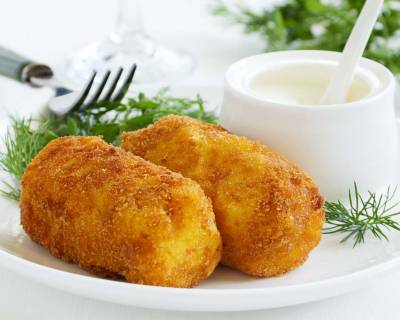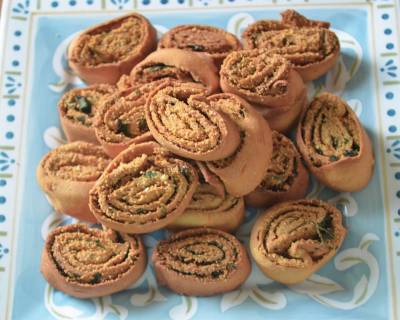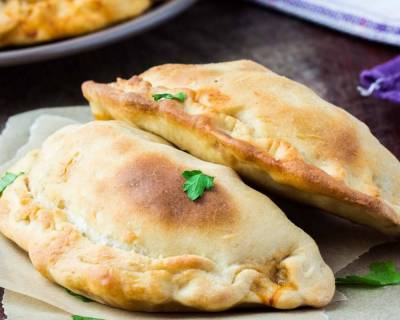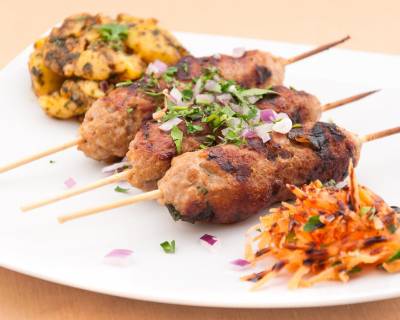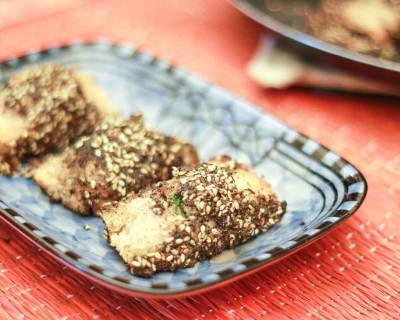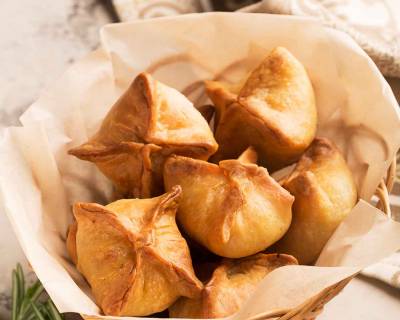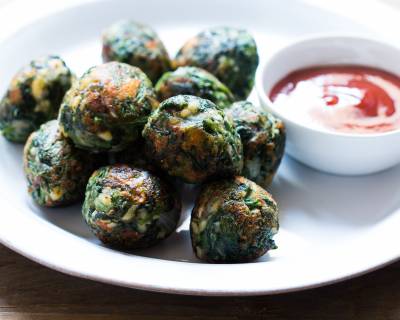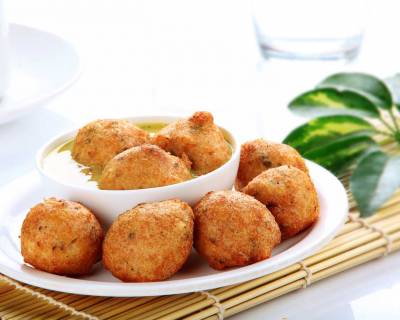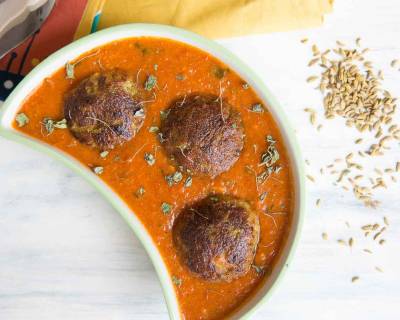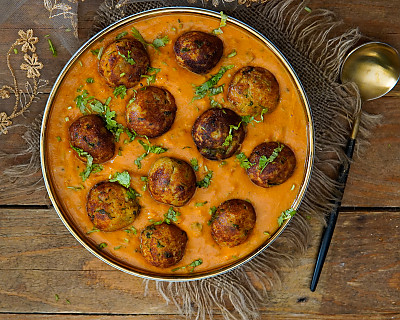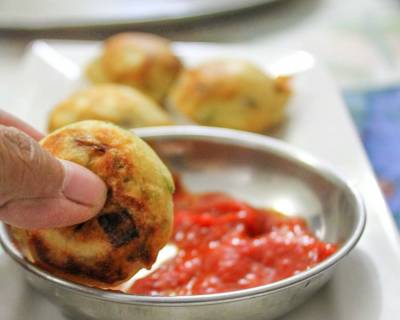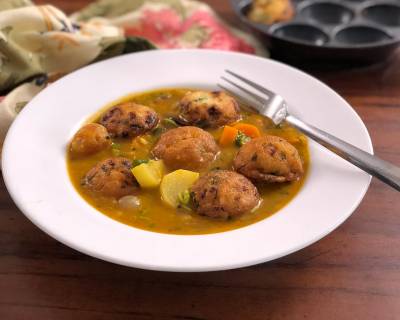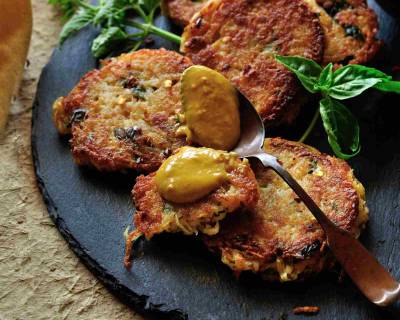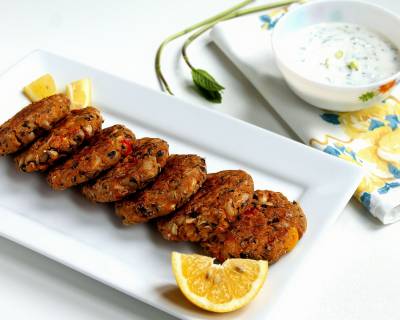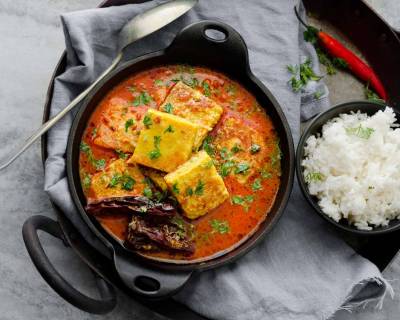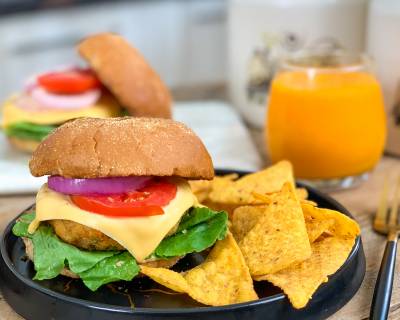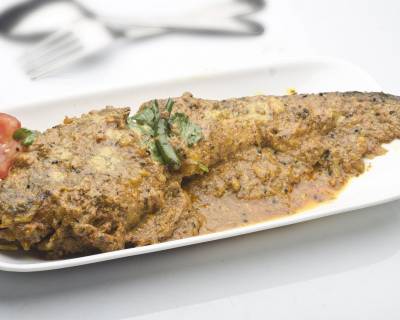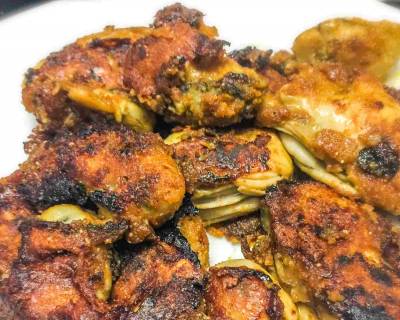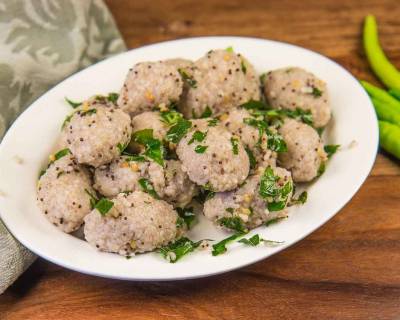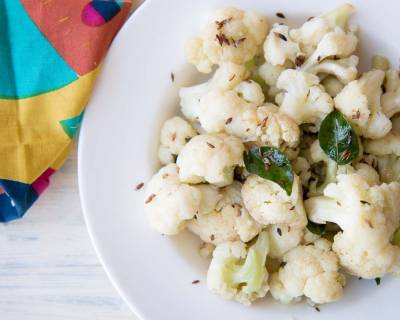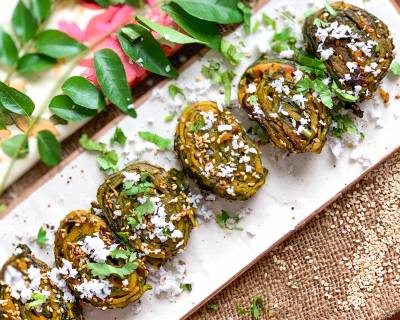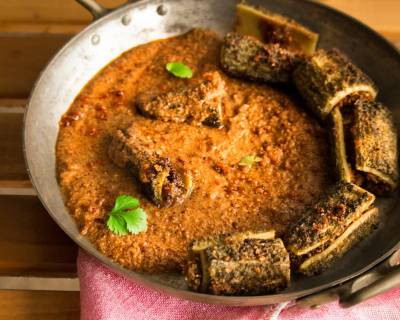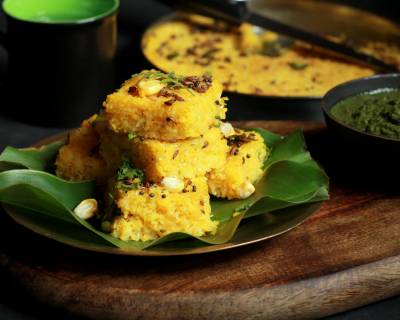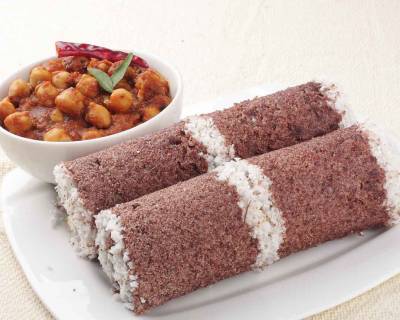Oils are a combination of various fatty acids and cooking oils are sourced from plants or animals. Unsaturated fatty acids which are termed as healthy fat, differ with each kind of cooking oil. Many of the Indian main course curries and sabzi require sautéing or cooking with oil. Appetizers and tea time snacks have a large category of deep fried recipes. Being cautious in selecting what to cook and how to cook - can actually reduce the amount of undesirable fat consumption to a minimum.
5 Facts About Cooking Oils
- Dalda or hydrogenated oils tend to contain more saturated fatty acids which lead to poor health. Avoid dalda or hydrogenated oil with only refined oil and extra virgin oils to cook.
- Extra virgin olive oil is best for making salad dressings or Italian recipes. Oils from groundnut, sunflower, rice bran, and sesame are the best choice for cooking many Indian recipes.
- Groundnut oil, canola oil, and palm oil tends to increase blood cholesterol, hence its usage should be limited.
- Experts say that one needs to keep changing the cooking oil such that we benefit from the nutrition in different oils and the good cholesterol (LDL) in the body is maintained at healthy levels at all times. Hence, rotating desirable oils is considered a good practice.
- USDA recommends not more than 2 tablespoons of oil per person per day. Make a mental note of the same before you decide what to cook for the day. You could also save it in the form of note near the countertop till you are completely conscious of the fact.
Recipes that we cook and the cooking methods that we use to create various recipes have an impact on an amount of calories and fatty acids consumed. Let us have a sneak peek at the healthy cooking techniques that can have a positive impact on our daily oil consumption.
4 Ways To Reduce Oil Consumption
1. Using Oven & Air Fryer
Using oven to bake many of the recipes that are otherwise deep fried is one of the best technique to reduce oil. Oven uses air to heat or the microwaves to cook the recipe. Many dishes like fritters, samosas and kebabs taste yummy and rustic when cooked in a convection oven. Air fryer is another possibility of controlling oil in our diet. Potato fries, patties, and other fritters can be healthily cooked with a teaspoon or less of oil in air fryers.
Recommended Appliance To Buy: IFB Convection Microwave Oven & Philips Air Fryer
2. Using Paniyaram Pan
Cut down on any excess oil to prepare a recipe. If tawa paratha can be cooked in few drops of oil, avoid using a teaspoon full. Paniyaram pan can be used to cut down oil in snacks and appetizers. This avoids deep frying and is a healthier option of roasting with few drops of oil.
Recommended Appliance To Buy: Tossa Paniyaram Pan
3. Using Shallow Frying Pan
Placing a lid over the cooking vessel can many times consume less oil by itself since the moisture tends to aid in cooking the food sooner and better. This applies to the dishes that are gravy based or soft sabzi dishes too. Explore the possibility of shallow frying instead of deep frying.
Recommended Appliance To Buy: Shallow Frying Pan
4. Using Steam Cooking & Pre-Cooking
Steam cooking is also one of the techniques through which the oil consumption can be reduced considerably. This method provides substitute recipes other than the recipes requiring oil. Certain dishes like fries and wedges can also be pre-cooked partially and then be oven baked such that the use of oil is zeroed down.
Recommended Appliance To Buy: Steam Cooker


